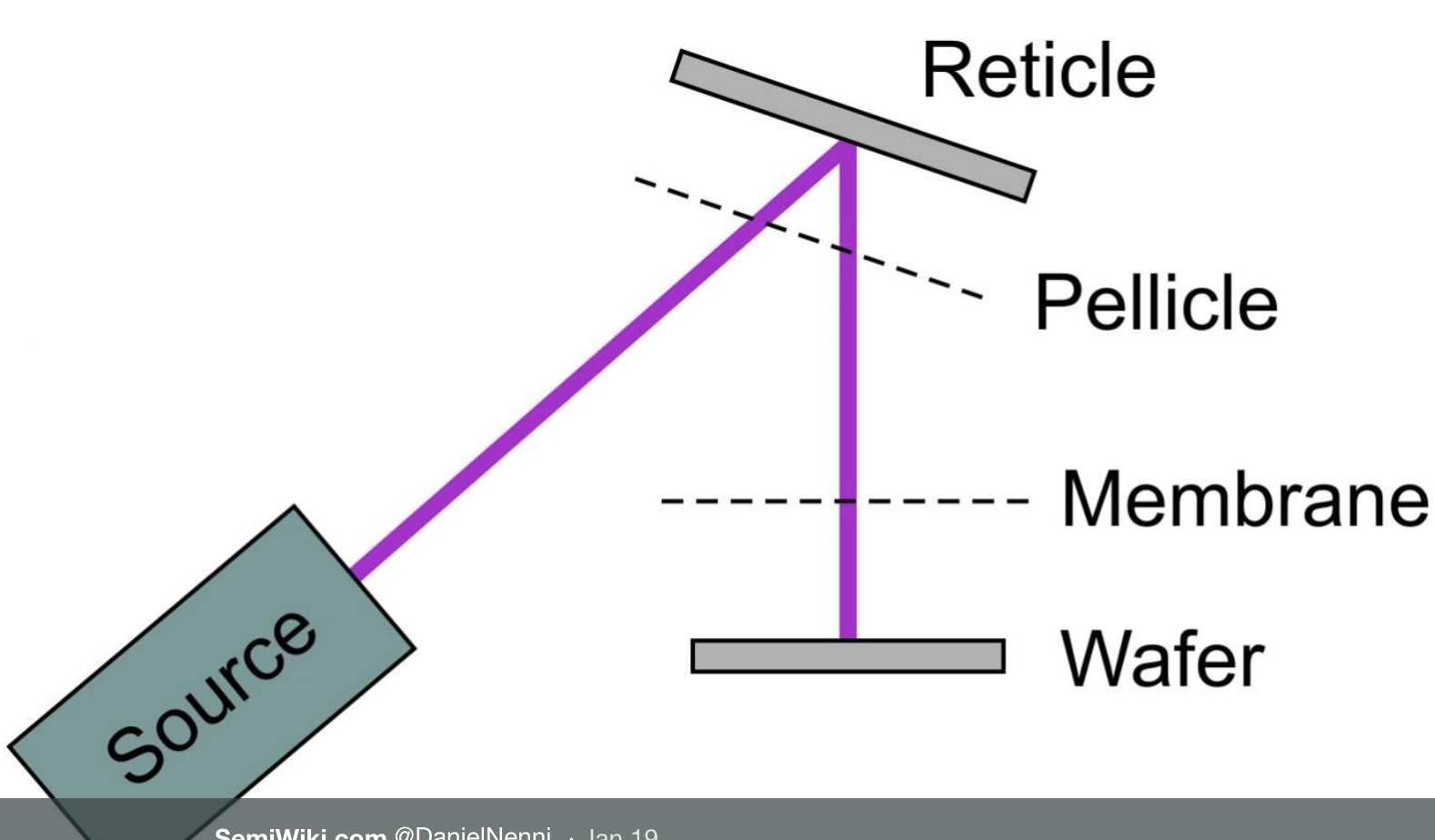Smallest Electro-optic modulator is 100 times more energy efficient
Researchers at Oregon State University have designed and fabricated the world’s smallest electro-optic modulator, which could mean major reductions in energy used by data centers and supercomputers. An electro-optic modulator plays the key role in fiber optic networks. Just as a transistor is a switch for electronic signals, an electro-optic modulator is a switch for …











